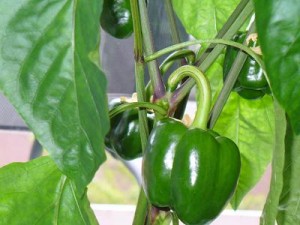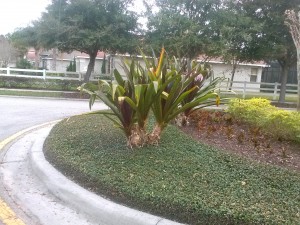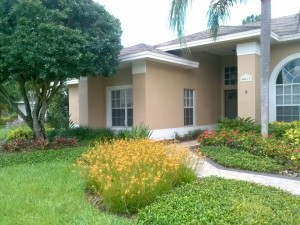Even though spring is still several weeks away, it is not too early to start preparing and planting your spring vegetable garden. Whether you have a designated garden area established or need to create one, this is the time of year to add or freshen soil, supplement the soil with compost and fertilizer, design your garden layout, and purchase the plants (or start from seed). Most of the vegetables that you may want to include in your spring vegetable garden will need to be planted in February and March, so it is time to get plowing!
Today's vegetable gardens have grown in concept and popularity from the days of past. You no longer have to have rows of vegetables at the back end of your lot. You can add them to your landscape beds, mixed in with your landscape plants, or you can grow them in pots on the patio and in the landscape beds. Growing your own vegetables could never be easier or more fun, just use your imagination!
Once you have determined your vegetable gardening site(s), you will need to select what you want to grow. Most vegetables do have a preferred growing season, so to be most successful, you will need to choose what will grow best in spring for Tampa, and Central Florida. Fortunately, there are a lot of options to choose from:
- Beans (pole, bush, Lima)
- Canteloupe
- Corn
- Cucumbers
- Eggplant
- Okra
- Peppers
- Potatoes and Sweet Potatoes
- Squash
- Pumpkin
- Tomatoes
- Turnips
- Watermelon
So, let's get busy....time is a-wasting! As always, Johns Palms Landscaping can help you with all or any part of the process, from free advice to set up and installation. Just call our office at 813-493-3373.
Also, a great resource for any gardening or agriculture related topic is the Institute of Florida Agriculture Services (IFAS). In particular, an in depth article about creating and growing your vegetable garden can be found at this link: http://edis.ifas.ufl.edu/vh021



